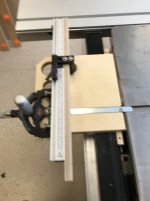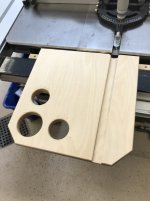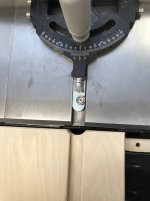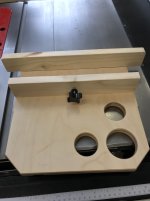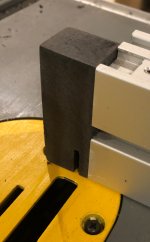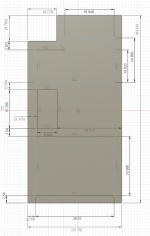Cincinnati
Member
- Joined
- Sep 26, 2010
- Messages
- 53
I hope it’s ok to post to such an old thread.Mario Turcot said:...
I have the Incra® Miter 1000SE Gauge and hate it. Flip stop is poorly made and the extension arm is flimsy & require a tool to move it.
I generally like Incra products. I find them innovative designs that are well-made. Although I have used adjustment tools with other equipment / accessories, I often have to search for where I put the hex head driver. I replaced several of the hex socket bolts with ratcheting levers. I would prefer 1/4 turn cam lock fasteners, but haven’t been able to locate them. Here’s a link to the photograph of what I did with Incra options that is not well publicized:
https://www.incra.com/jig_fixture-build-it_system-ratchet_knobs.html#prettyPhoto[pp_index]/2/

